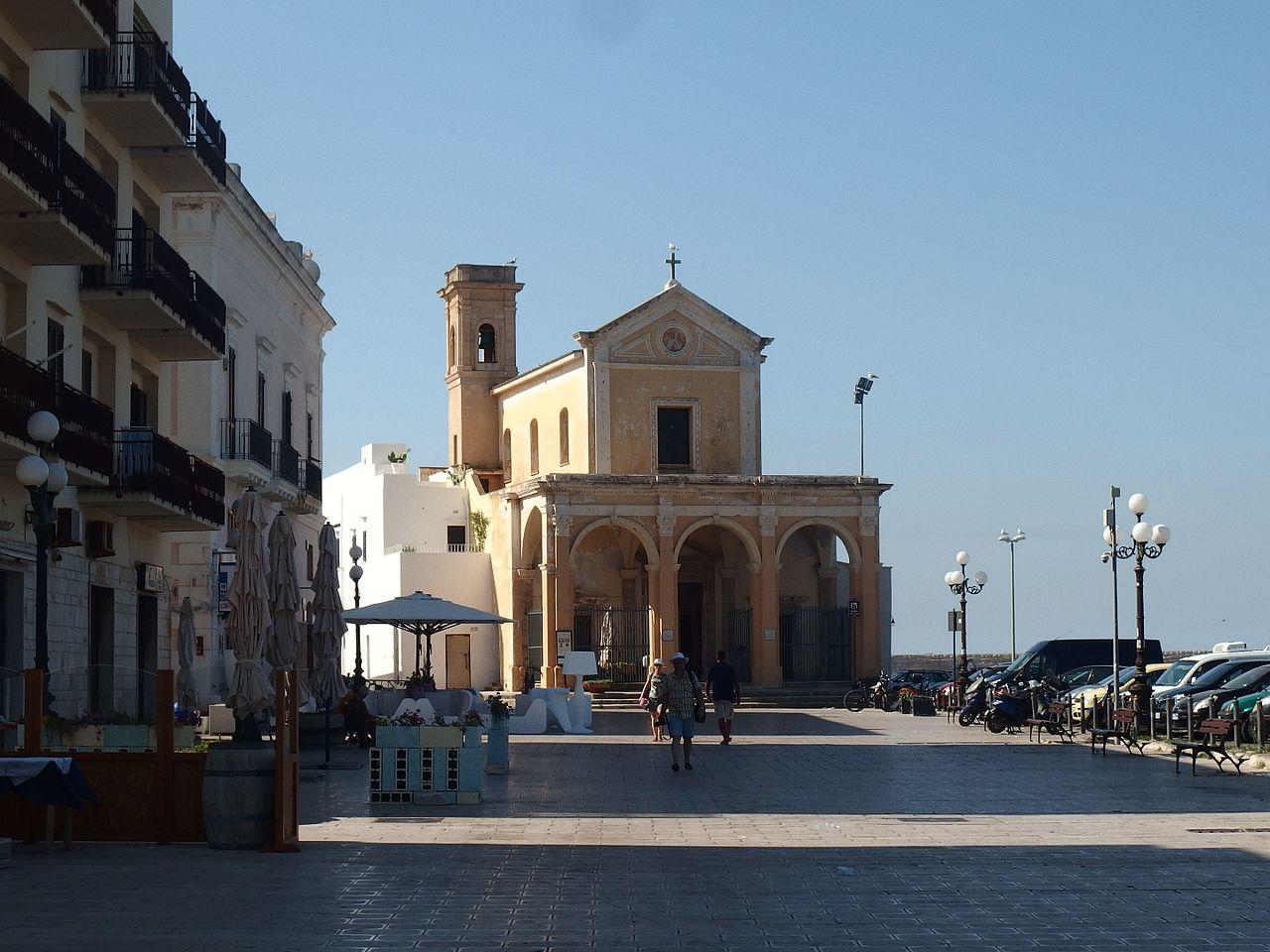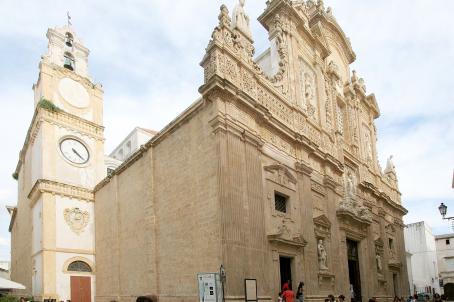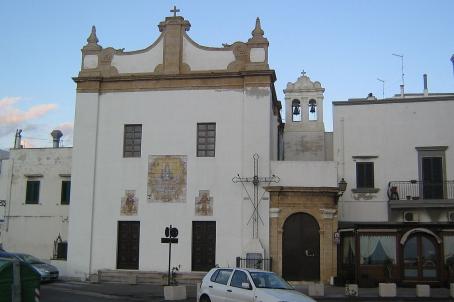Santuario di Santa Maria del Canneto

The Sanctuary of Santa Maria del Canneto is a Baroque church that was built in the second half of the 17th century on a pre-existing sacred building dating from 1504. A first church had been built here in the 13th and 14th centuries and was destroyed in 1502 after the French siege. The interior of the present church is divided into three naves. The precious wooden coffered ceiling has a gilded icon of the Virgin Mary in the centre, while a large archway with floral motifs leads to the presbytery.





